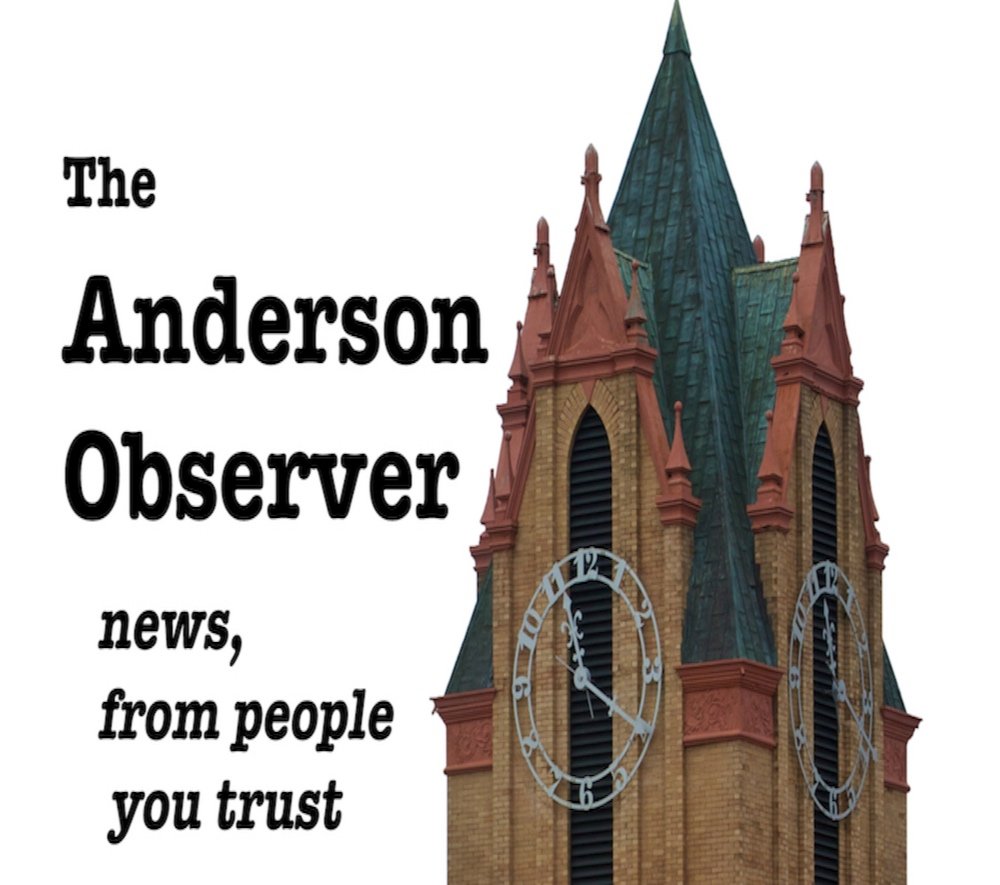State, County Population Growth Driven by Newcomers
Greg Wilson/Anderson Observer
Anderson County’s population is growing, but it’s not because more babies are being born.
Since 2018, there have been 296 more deaths than births in the county, and statewide there were 517 more deaths than births just last year.
But the natural population growth decline has been more than offset by the influx of those from other states and countries.
A recent study found South Carolina ranks second in the nation in domestic migration, with 68,403 moving here from other states between July 2023-July 2024, the latest figures available. According to moveBuddha, an IT and technology company focused on domestic relocation, South Carolina is number one for inflow-to-outflow ratio in 2023 at 2.11 (meaning, for every person who moved out of the state that year, 2.11 moved in from elsewhere).
According to the United States Census Bureau, immigration is also a driving factor in population growth in the state, with 23,234 newcomers to the state in the past year coming from other nations.
Just over five percent, or approximately 275,000, of the state’s population is foreign-born. This group spends an estimated $8.6 billion annually in the state, and pays $2.8 billion in taxes.
Nationally, the 2.8 million population increase over the past year was driven by a 21 percent net increase in immigration. Only three states reported net losses in population: Mississippi, Vermont and West Virginia.
Anderson County’s 2023-2024 census numbers estimates are incomplete, making it difficult to define the exact increase in immigration over the past year.
But growing international investment, including the investments of 55 foreign-owned companies from 18 countries, are contributing to the growth of those not born in the United States living in the county.
Some estimates suggest the 2023 county population estimate of 213,076, which many believe to be a count which does not reflect the actual population, is more accurately 220,000-plus.
The county’s demographics remain overwhelmingly categorized by the census as “White alone, not Hispanic or Latino” at 75.8 percent or “Black alone” at 15.9 percent. The only other statistically significant group is “Hispanic or Latino” at 5.3 percent, although some local officials say that number could exceed seven percent.
Meanwhile, the state’s 1.7 percent population growth rate is now fourth nationally in overall population growth just behind Texas and Florida (2 percent) and Utah (1.8 percent).
